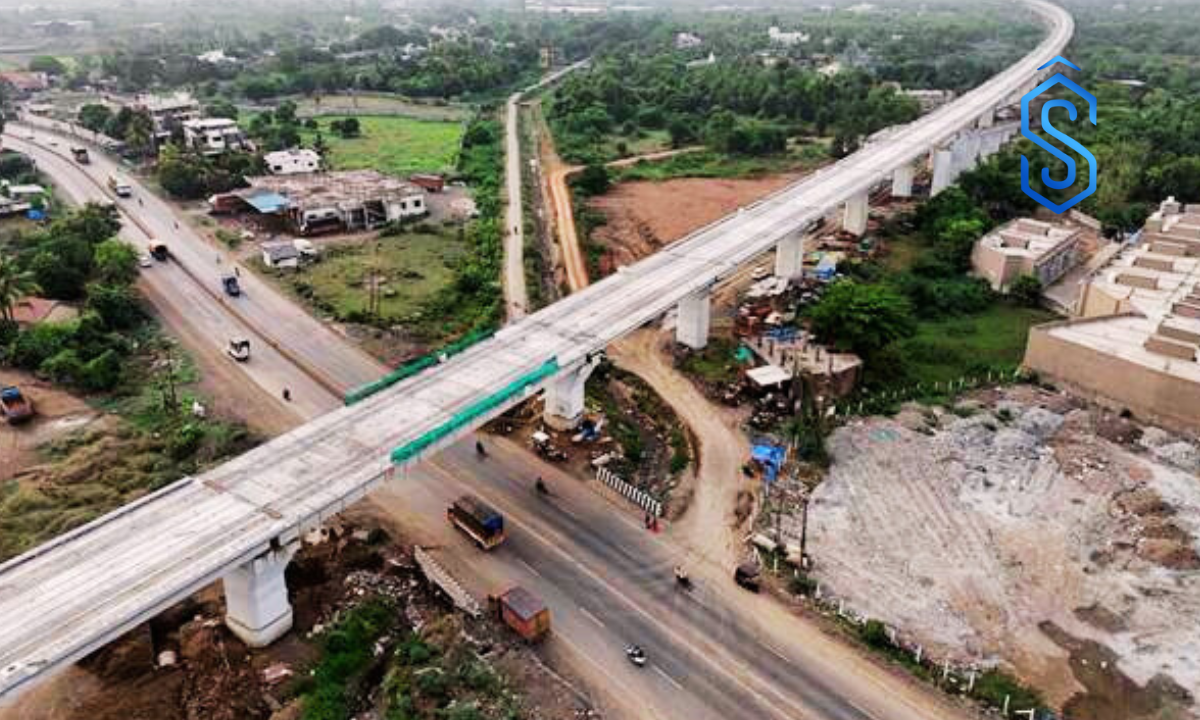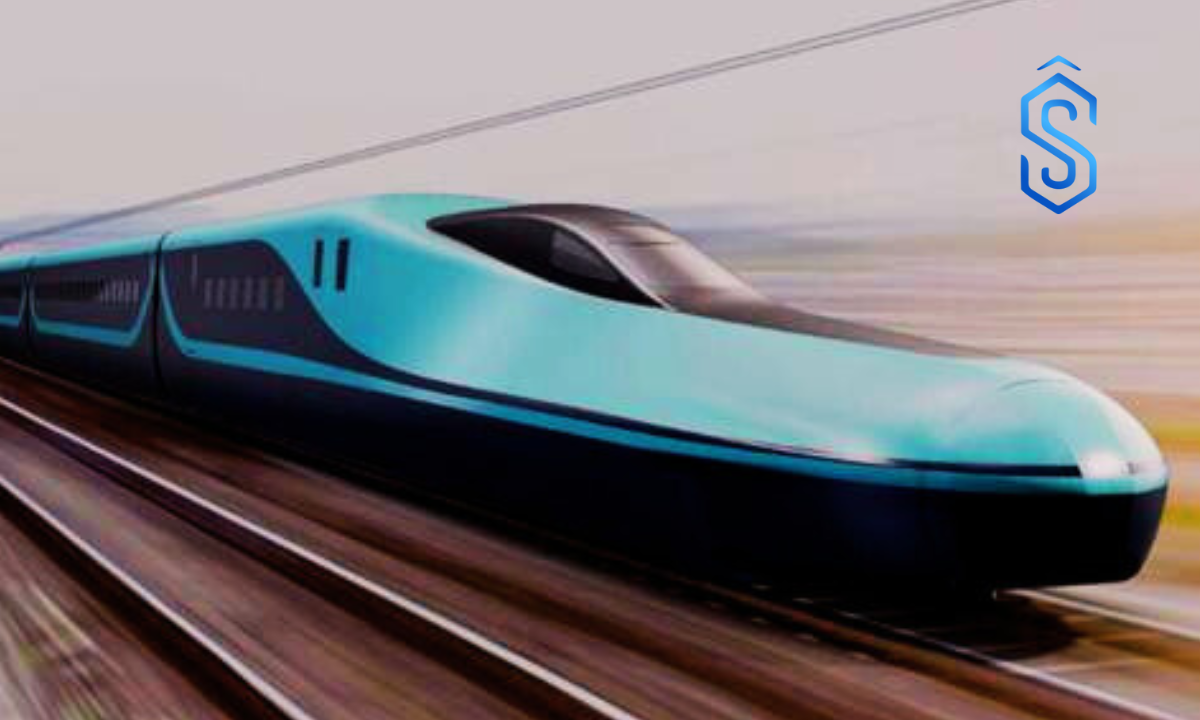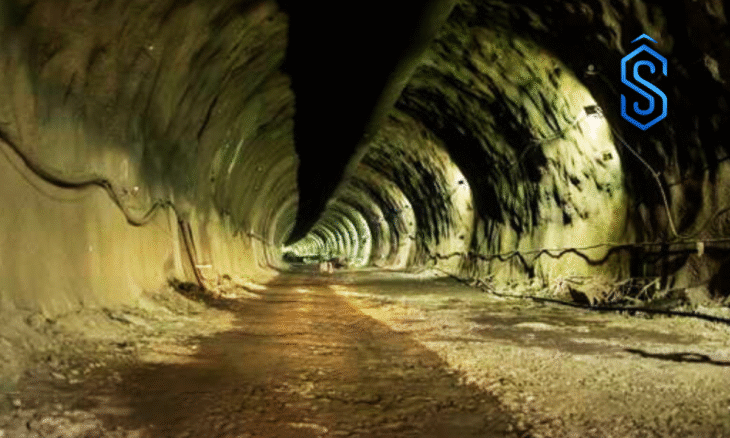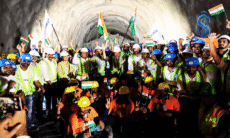New Delhi: The Mumbai-Ahmedabad Bullet Train project has crossed a significant milestone with the opening of the first section of the 21-km undersea tunnel between Ghansoli and Shilphata in Maharashtra.
This tunnel is part of the high-speed rail corridor’s BKC–Thane segment and is being built using state-of-the-art engineering techniques. The project also marks a first-of-its-kind infrastructure feat for India’s railway sector.
Also Read: Jacobs to Oversee USD 18 Billion Industrial Corridor Projects Across 10 Indian States
Civil construction along the 508-km corridor is progressing rapidly, with 310 km of viaducts completed, and track laying, station development, and electrical systems now well underway. Notably, 15 river bridges are already completed, and work is nearing completion on several more.
E10 Shinkansen to Debut in India
In a major step for India-Japan strategic and technological collaboration, Japan has agreed to introduce its next-generation E10 Shinkansen trains on the Mumbai-Ahmedabad corridor.
These advanced trains will be rolled out simultaneously in Japan and India, showcasing a strong commitment to bilateral innovation in high-speed rail.
Currently, Japan operates the E5 Shinkansen, while the E10 model represents a significant technological leap in terms of efficiency, speed, and passenger comfort. India will be the first international market where the E10 Shinkansen is introduced.
“The Mumbai-Ahmedabad Bullet Train will redefine India’s rail infrastructure by bringing the world’s most reliable and advanced high-speed technology to Indian soil,” a senior official from the National High-Speed Rail Corporation Ltd. (NHSRCL) noted.
Mumbai-Ahmedabad Bullet Train Project: Engineering Marvels Underway
- Viaduct Length Completed: 310 km
- Stations Completed: 5 out of 12
- Bridges Constructed: 15 completed, 4 nearing completion
- Undersea Tunnel Section: 21 km launched between Ghansoli–Shilphata
One of the project’s highlights is the Bandra-Kurla Complex (BKC) station, which will be built 32.5 meters below ground level, with provisions to support a 95-meter-tall structure above it – an architectural and engineering landmark.
Also Read: KSH INFRA Announces INR 550 Cr Project in Sriperumbudur-Oragadam Industrial Belt
A Catalyst for Future High-Speed Rail Corridors
The success of the Mumbai-Ahmedabad Bullet Train project is laying the groundwork for future high-speed corridors in India. With civil works advancing at record pace and Japan’s Shinkansen technology powering the project, India is demonstrating its readiness to deliver world-class transport infrastructure.
This high-speed rail project not only redefines speed and safety standards in the Indian rail ecosystem but also represents the deepening of Indo-Japan cooperation in cutting-edge technology and infrastructure development.





